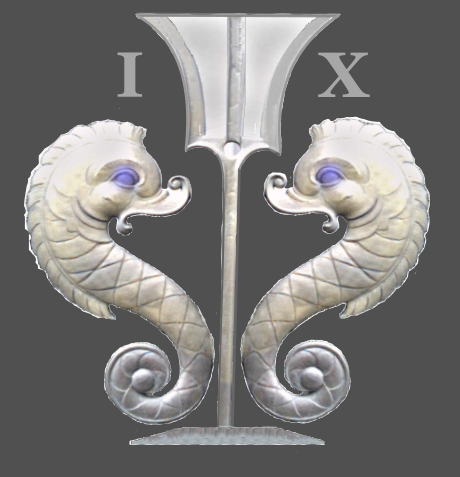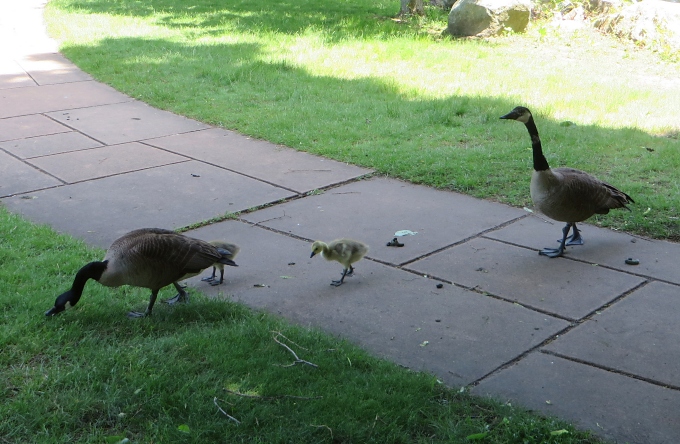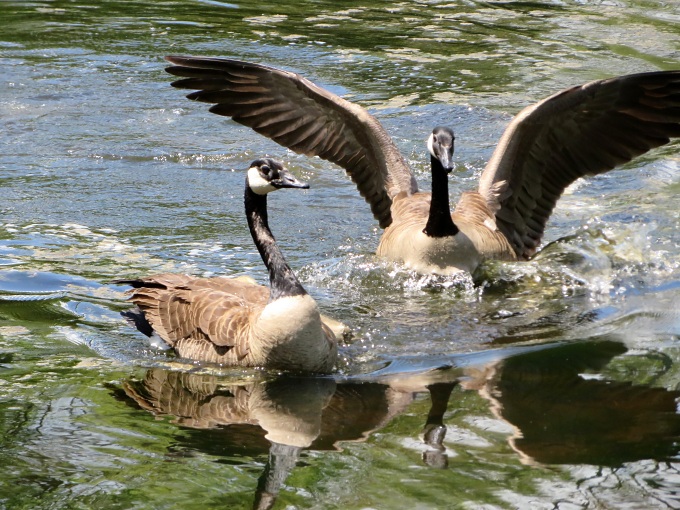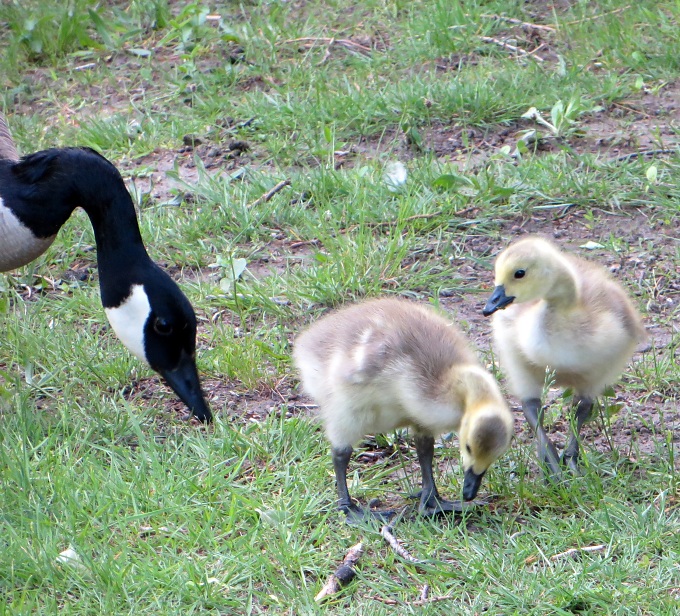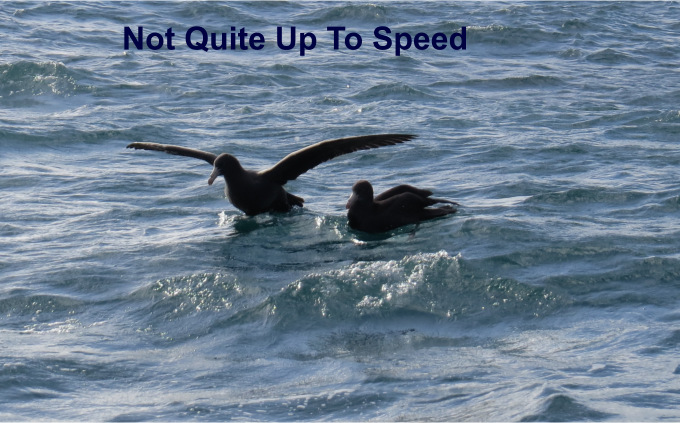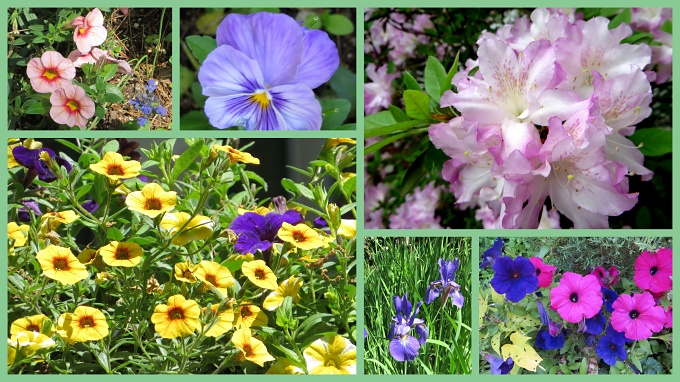Canada Geese... Takeover is Imminent
/Known as “honkers” and sometimes “sky carp”, Canada geese (Branta canadensis ) are the most widely distributed and well known of all waterfowl and they are, according to a TIME Magazine article (12/9/2013), one of several wildlife species that are in need of population reduction. Mind you, that's Canada geese, not Canadian geese (thank you very much, Miks), just in case you were tempted to use it incorrectly (as I have done in the past).
I've been enjoying the Canada geese at Bird Park, but there are certainly lots of them. It's impossible to avoid stepping in goose poo as you walk through the park. Uncyclopedia advises that “Canada geese … are the major and only biological weapon developed by the Canadian military. The geese were invented in 1523 for the Canadian Revolution, which never occurred due to a hockey game being on TV. Out of frustration of his team losing, the head military scientist set the geese free to wreak havoc on the city. Instead, the birds migrated to Minnesota and now enjoy crapping on soccer fields.”
Evidently, they made their way from Minnesota to Bird Park among other places.
Native to arctic and temperate regions of North America, they also occasionally migrate to northern Europe. They've also been introduced to several areas (big mistake) like Britain and New Zealand where their numbers have become nearly overwhelming. At one time, they were considered endangered but in recent years, Canada goose populations in some areas have grown substantially, so much so that some consider them pests for their droppings, bacteria in their droppings, noise, and confrontational behavior. This problem is partially due to the removal of natural predators and an abundance of safe, man-made bodies of water near food sources, such as those found on golf courses, in public parks (like Bird Park, for instance) and beaches, and in planned communities.
Speaking of confrontational behavior, one website provided a chart of goose behavior interpretation. I've seen all of these signs. Believe me, when a goose starts hissing at you and pumping up and down, you pay attention.
(a) Alert, wary of danger (b) Conflict, accompanied with hiss (c) Increased threat, accompanied by a call (d) Conflict situation, pumping display, precedes direct attack (yowza!)
The average life span of a Canada goose is 10-25 years. There are reports of geese living to be 30+ years in the wild. They mate for life. One captive pair is known to have been together for 42 years. That's better than most humans! The estimated population in North America is somewhere around five million birds. That's a lot of geese and I'm sure there are some groups that feel we should leave them alone while others that feel the population should rightfully be culled.
Me? I just like watching the Canada geese and their goslings at Bird Park. I try to avoid the poo.
